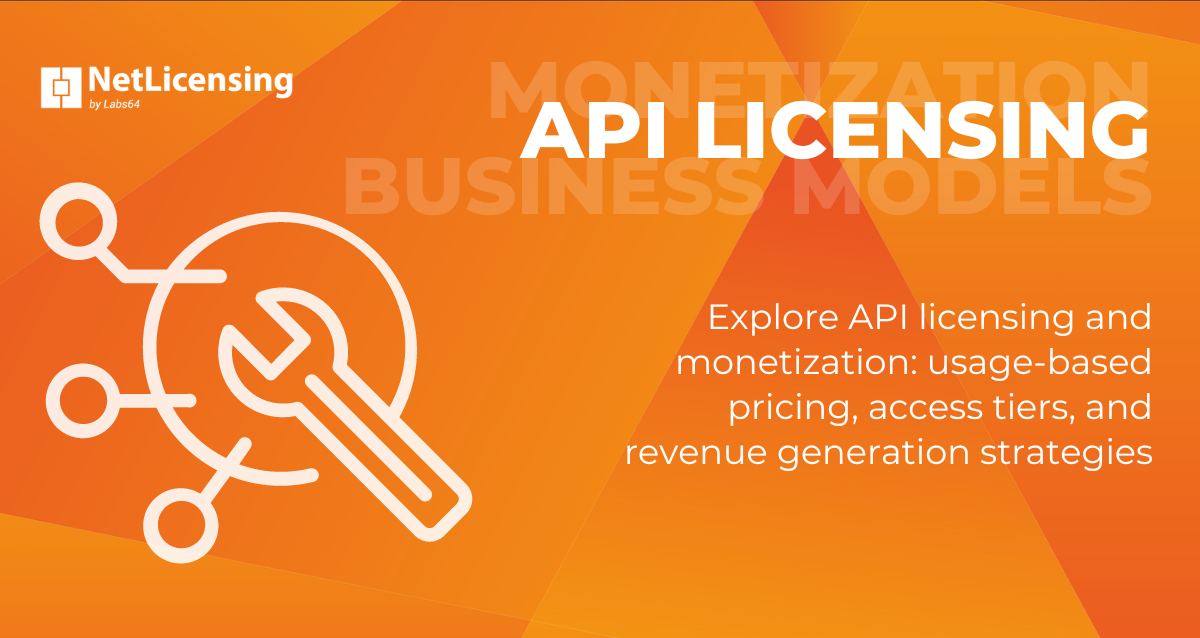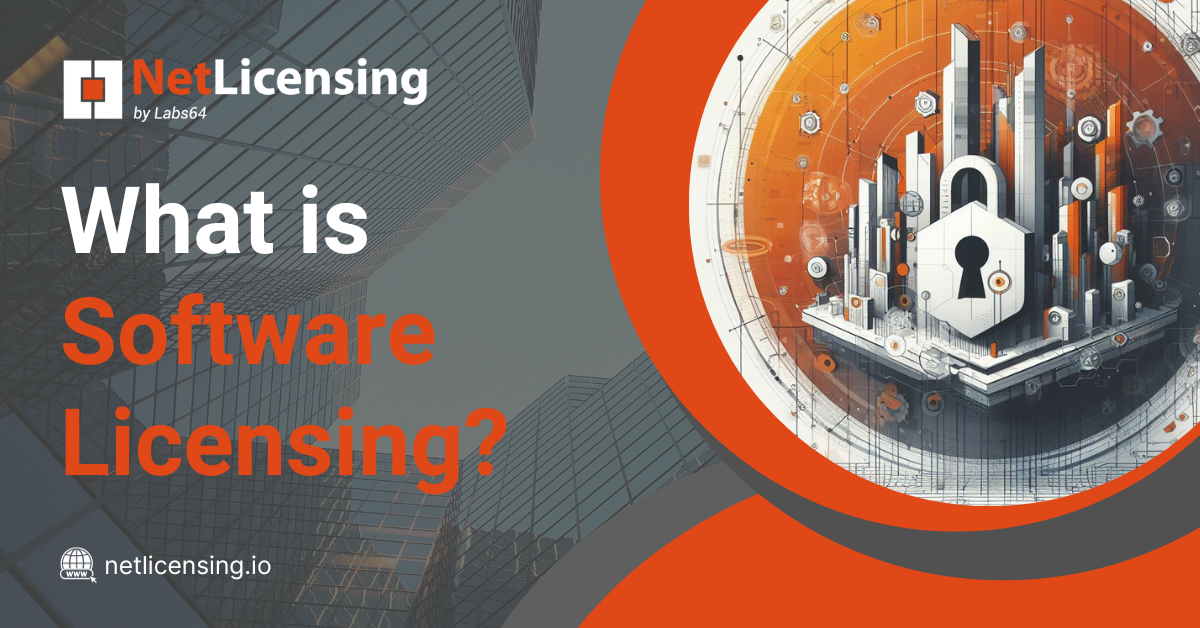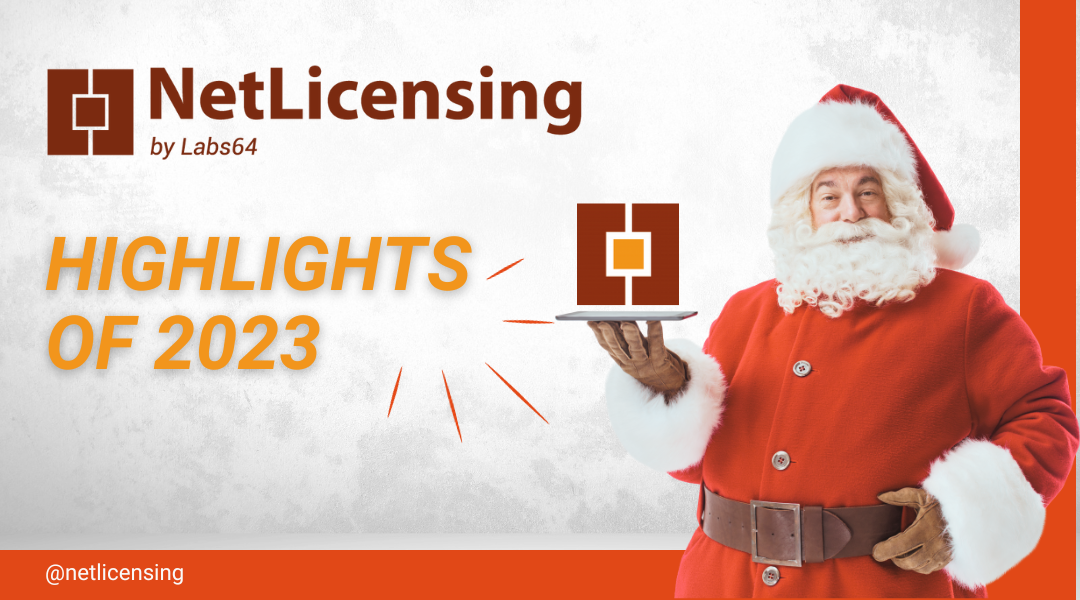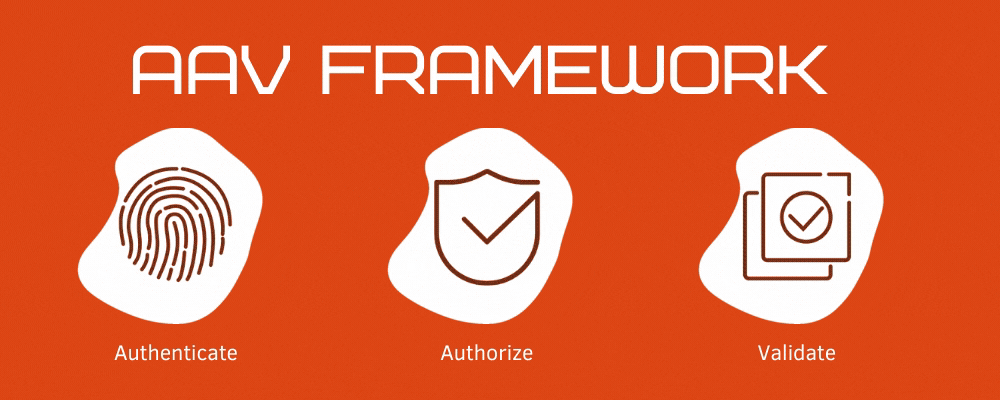The benefits of LaaS for software development, deployment and customer service

The movement of infrastructure, processing and networks to the cloud often involves the emulation of software and services that run these cloud-based platforms. Software running in the ether still requires a license, but managing the licensing for virtual machines can become a complex task, especially when a single server or machine may run multiple instances of your software.
Third-party systems help free up a developer to focus on what made their business viable – namely their software – but keep the vendor consistent with today’s emerging models that are moving more processing power and general computing to the cloud.
Vendors need a platform that can provide an online administration panel so they can monitor the licensing aspects of their products. Automating this process can deliver a dashboard that simply shows the vendor any instance where a customer is trying to run what they are not properly licensing.
This option will give the vendor the flexibility to adjust their own licensing scheme. Instead of paying per installation and trying to manage a pre-paid offering, vendors can allow their software to be used with the same scale that a customer is increasing its operations. As the customer doubles the number of virtual machines required to handle a specific project, the vendor could allow licensing to have the same flexibility and scale to this doubled size for such a temporary deployment.
A benefit of an automated process also includes record-keeping for this expansion and its eventual deflation. The vendor is free to develop the licensing scheme they’d like to use, such as a full payment to permanently gain access equivalent to the new ceiling or as a temporary cost expansion so that customers pay a license rate based on both number of licenses and duration of use.
Some of the other key benefits for a vendor to adopt a LaaS model include:
- There is little-to-no initial cost for the installation since it is often a virtual box and can be duplicated with minimal customization.
- An overall decrease in deployment costs (and further decreases when using a service to automate the LaaS model) allows vendors to target smaller companies.
- Without having to adjust deployment schedules you can run price tests by offering different company sizes different volume licensing costs, making it easier to manage trials and specials.
- You can run full tests in a virtual environment to see how customers would scale your operations. This would show events such as improper shutdowns that run multiple instances of your software. Alerting a customer to this will provide an instant boost to credibility and improve your vendor-client relationship.
- Affiliates and additional programs can be covered under a single agreement and customers can access them through the cloud model.
The benefits are all a piece of the same goal: improving the flexibility of your software at minimal infrastructure investment. Whether you choose to charge by user, processor, or host, cloud management will allow you to take a hands-off approach as you monitor client usage and cost.
Image Credits: © Aleks Dorohovich - unsplash.com







